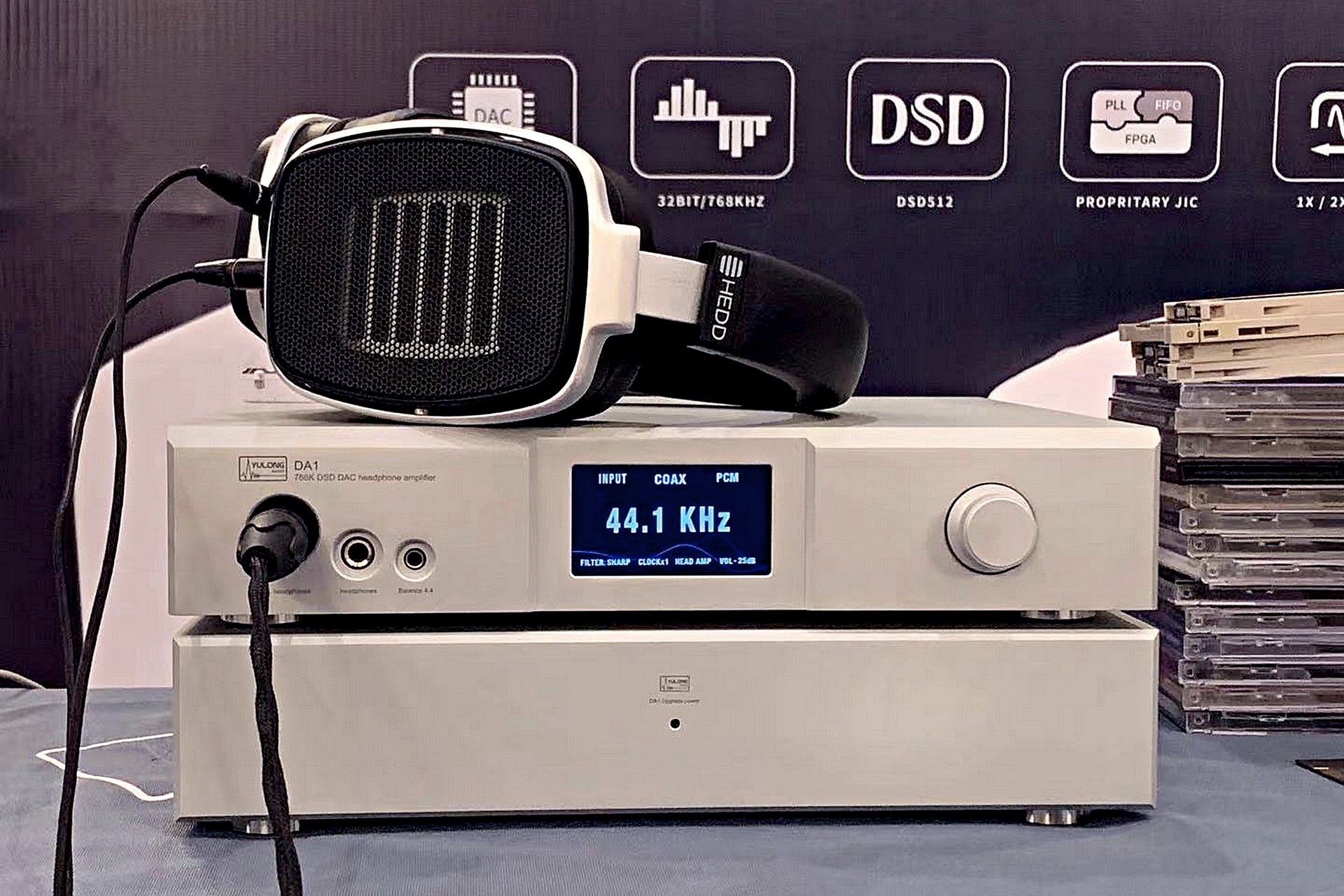MAS refer to “Mobile As Source”. The term probably sounds new to you, but I guess we all wanted this feature as some point. From technology perspective, there is nothing difficult to implement this feature, but we try this with our own system, we probably feel discouraged because it doesn’t sound good when compare to our computer or regular setup. We always thought digital bit stream is only a matter of 0 and 1, they should always sound exactly the same, but do they?
To use mobile devices such as phone or tablets as music source to high-end DAC, there are two problems we need to solve: compatibility and signal quality.
Compatibilities is a technical issues as well as a practical constraints, there is nothing much we can do if the mobile appliance vendors makes life difficult to audiophile users, this is not a mainstream user group that they really targeted at, and even when a mobile product promote themselves as "audiophile phone" or "audiophile tablet", that doesn't necessarily mean we are trying to achieve the same goal, so we can just do whatever we can, provide decent experience, and hopeful created a norm that will finally influence the mobile vendors.
Android mobile devices
Theoretically, any mobile device that supports OTG USB Audio can output digital audio bit stream for outboard DAC. Earlier products occasionally only implemented OTG USB Storage but neglected OTG USB Audio, it’s pretty safe to assume all USB OTG device will provide OTG USB Audio.
One of the advantage to use Android device as source to your high quality DAC is the standardization of USB-C as interface, so you only a USB-C to USB-B cable to connect the device to your DAC (e.g.,
HERE and
HERE)
While the hardware side of Android solution is standardized and straightforward, the software part is … very mixed feeling. To start with you need a music playback application that support USB Audio output, please don’t assume all applications will do that and the bitstream are all the same, it’s far from that.
The biggest bottleneck is built-in SRC (Sample Rate Conversion) in Android system. In order to eliminate the pop noise generated when audio signal changes its sampling frequency, Android OS will resample everything to 44.1kHz, 48kHz, or 192kHz, depends on the system capability and vendor’s choice of technologies. This is definitely something not desirable to audiophile users. Among the music app that I have come across, I strongly recommend USB Audio Player Pro (UAPP), this is the only that I know of can bypass the SRC in Android system and integrate gateways to popular streaming service at the same time, details explanation are available
HERE and
HERE.
iOS Mobile Device
iOS device are high quality audio source, they are well build and don't have the diversified hardware implementation issues (some of the low cost Android device are functional but hardly enjoyable for high fidelity purpose). Unfortunately iOS is not really Hi-Res friendly until recently when they enabled Hi-Res streaming in Apple Music this month. We were excited and were looking forward to the service launch. Unfortunately, it is a bit of a mess after we tried various possibilities. Basically if you want to enjoy the Hi-Res streaming from Apple Music right now, iPad Pro is your best bet because you can connect the USB output from iPad Pro to DA1 directly. If you were using iPad or iPhone, you need a Camera Connection Kit or Camera adapter in order to go beyond 48kHz. There are third party lightning to USB cables or adapters that claim to serve the purpose but IMHO they are not reliable. iOS has very straight license policy and any unauthorized product or accessories can be out of the game after a firmware update.
If you want to find out more about using Apple Music for MAS, check out
HERE and
HERE.
High Quality Digital Playback from Mobile Devices
Mobile devices are highly integrated solution with loads of electronic components that interference one another in a very compact environment, this is not a desire situation from audiophile perspective, so even we can get it work technically, the outcome might not be very pleasing. Some of the high quality DAC is very sensitive to the quality of digital signal upstream and they probably will have a hard time to deal with the high jitter, unclean digital signal from mobile devices.
Fortunately, YULONG is in a better position to work with MAS concept, our JIC (Jitter and Interface control) will clean up the signal and reduce the jitter to a very low level. There has been reviews reported that our JIC equipped DAC “sounds just as good with a standard Surface Pro or off-the-shelf Dell workstation as it does with excellent music servers and disc transports”. (cf.
DA10 review by project86). The DA10 was our 1st generation JIC and DA1 is the 4th generation update, we have enhanced the compatibility and accuracy, which make it even better for MAS.
We expect MAS will become an inevitable norm down the road but MAS is meaningful only when the DAC is equipped with JIC or similar enhancement solution to improve the quality of the digital audio signal before the DAC.

























